Companion Planting Guide
I get commissions for purchases made through links in this post. View our Affiliate Disclaimer.
Companion planting is a cause of much debate. Science, true to form with things it cannot explain, looks on this practice as an old wives tale. The technical term for the practice of companion planting is Allelopathy. Science can’t explain it, but this practice has been used for centuries by gardeners and the results speak for themselves.
What is Companion Planting?
Companion planting in a nutshell, means that planting certain plants together encourages both to flourish. The opposite is also true! Plant certain other plants together and they will not grow well or produce a great harvest and in some cases, just wither!
For example, tomatoes flourish when planted with basil and pumpkins when planted with runner beans!
How Does It Work?
Science is not sure of the mechanics, but it is probably due to the chemicals that certain plants give off from their rooting systems or foliage that other plants either like, or hate!
The concept is not limited to chemical attraction or repulsion alone. Companion plants can assist the growth of other plants by
- attracting beneficial insects,
- repelling pests,
- providing shade,
- or providing structural support
How Does This Benefit You?
With a little knowledge and research, you can incorporate this practice into your planting plans. Some sources vary in the combinations of plants that are most beneficial to each other. Test some combinations of your own and note your results to see if they differ from our notes.
The benefits companion planting will give you include the following:
- stronger more robust plants
- plants more able to resist disease
- higher crop yields
- an organic method of pest control
Companion planting not only helps prevent pest insects, but also helps deter harmful fungi from damaging a crop. The way the companion plants do this is via both chemical means and by providing a physical barrier. You can therefore employ this method of gardening as a biological pest and disease control program.
Companion Plants
Below is a list of companion plants which you can use as a guide for planning your vegetable garden.
Get more posts like this
Subscribe to our mailing list and get interesting homesteading and green living info and updates to your email inbox.
Thank you for subscribing.
Something went wrong.

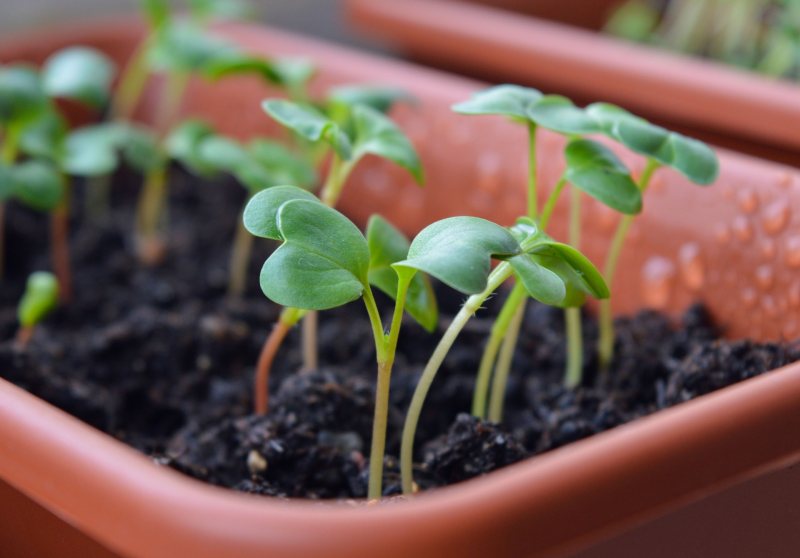
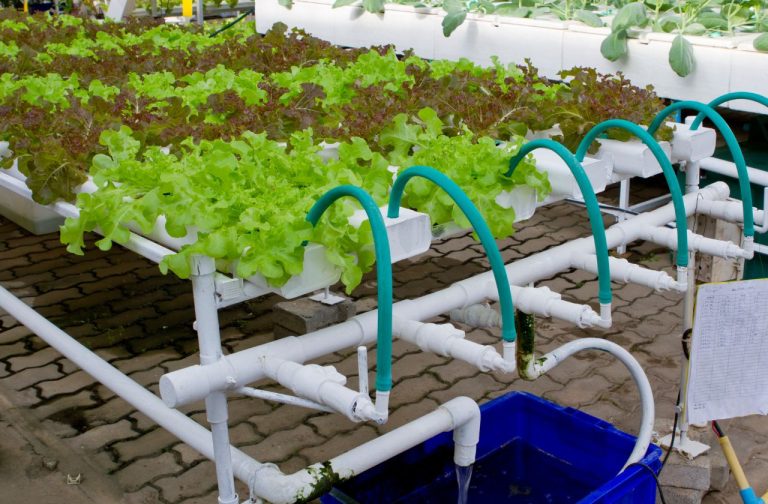
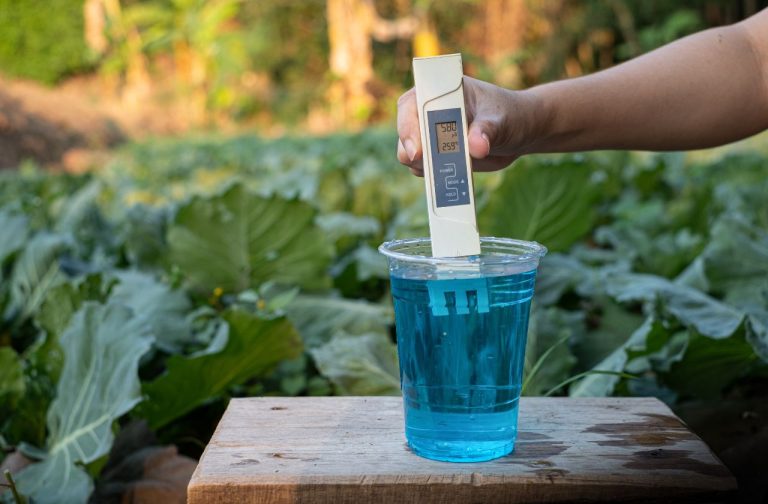
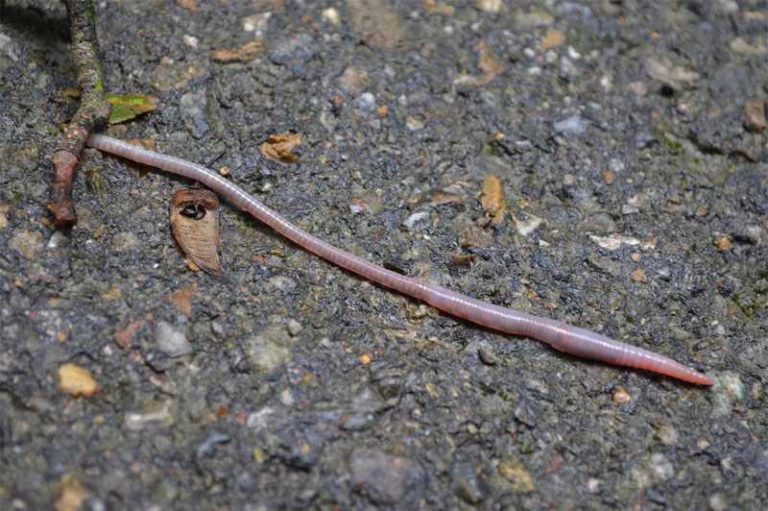
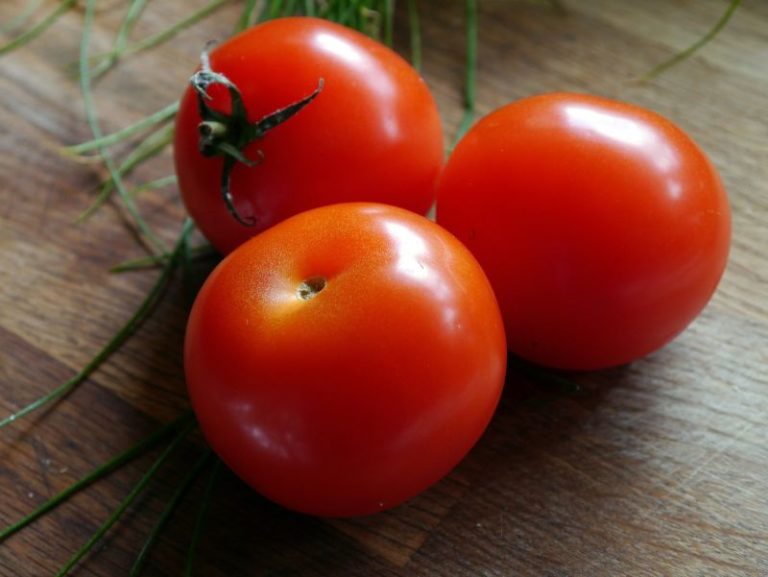
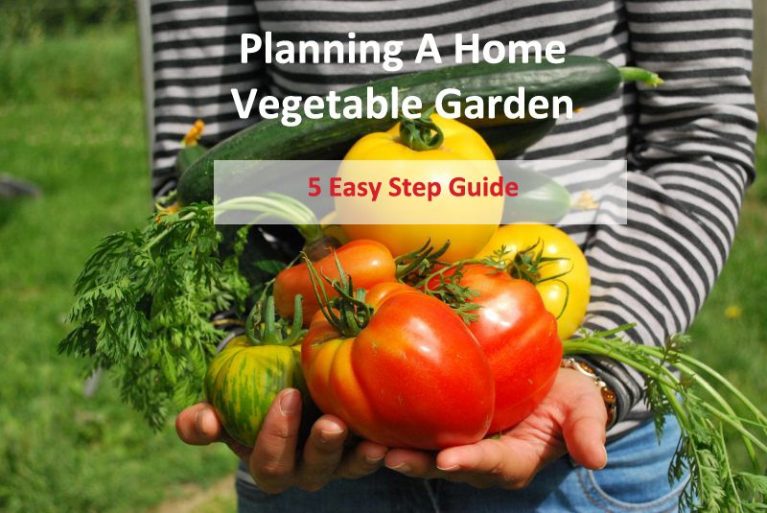
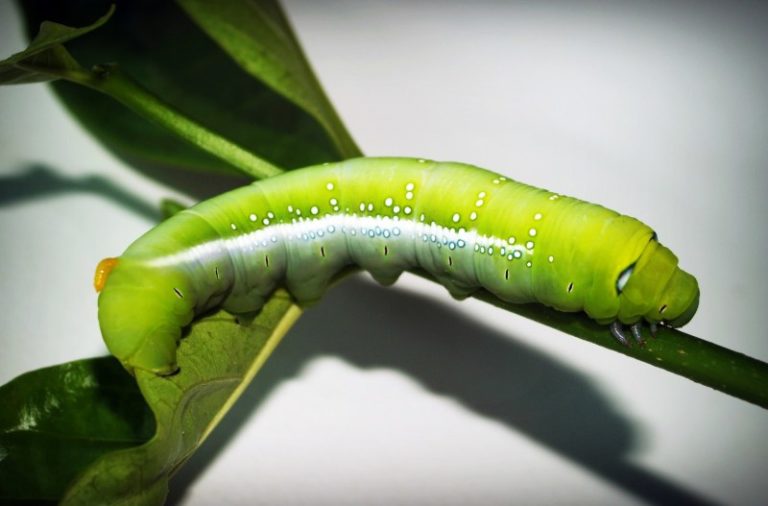
One Comment